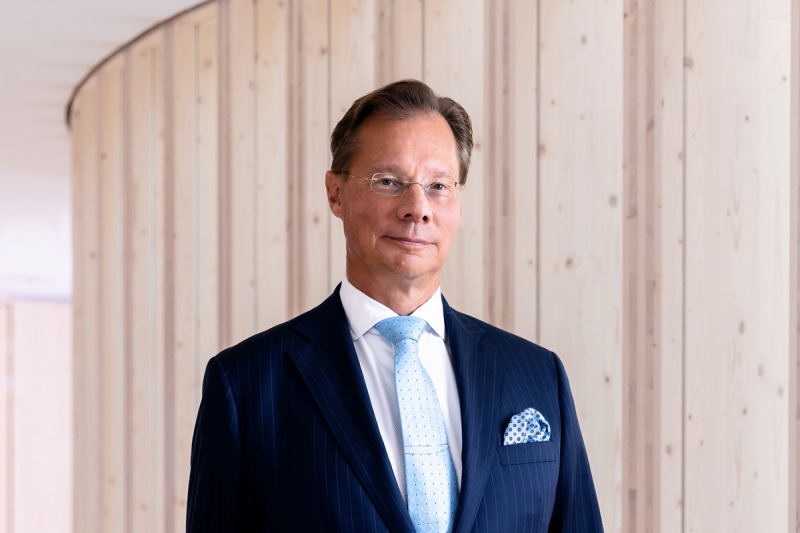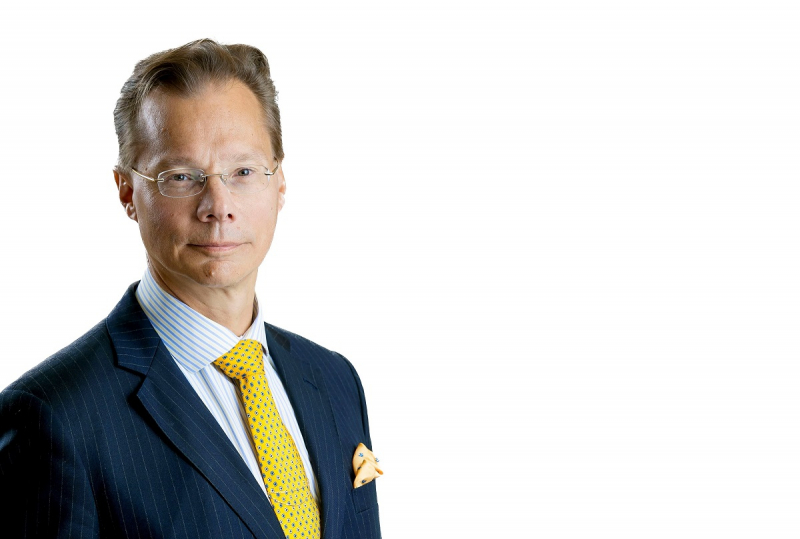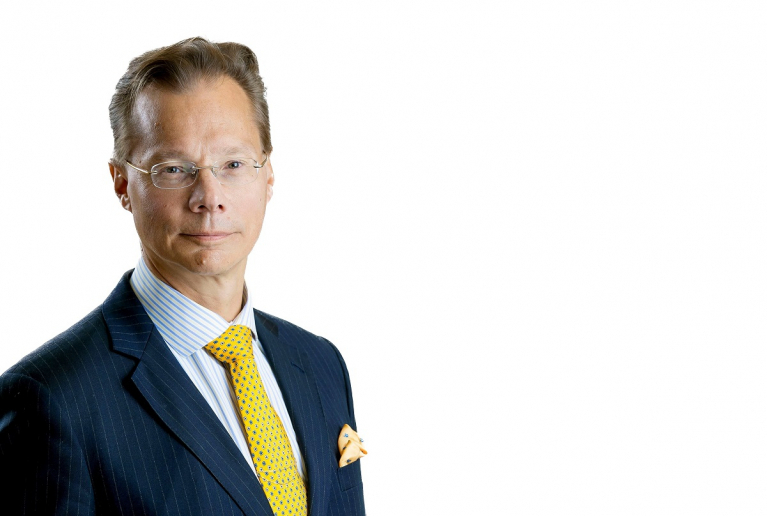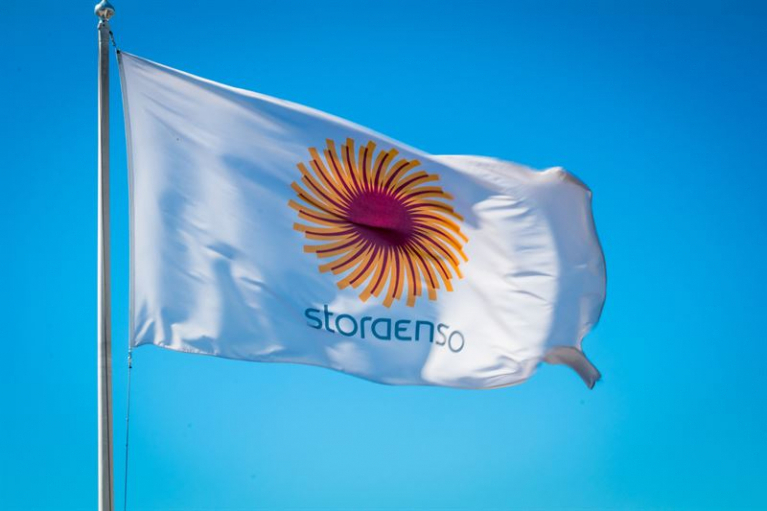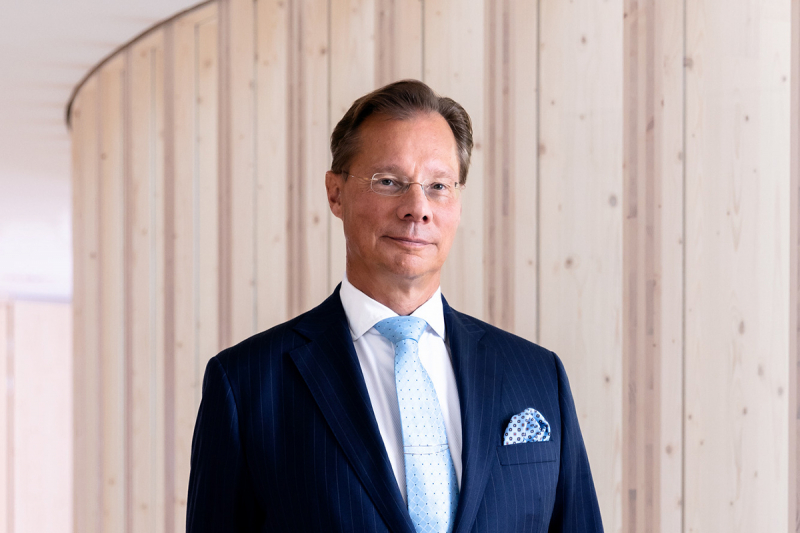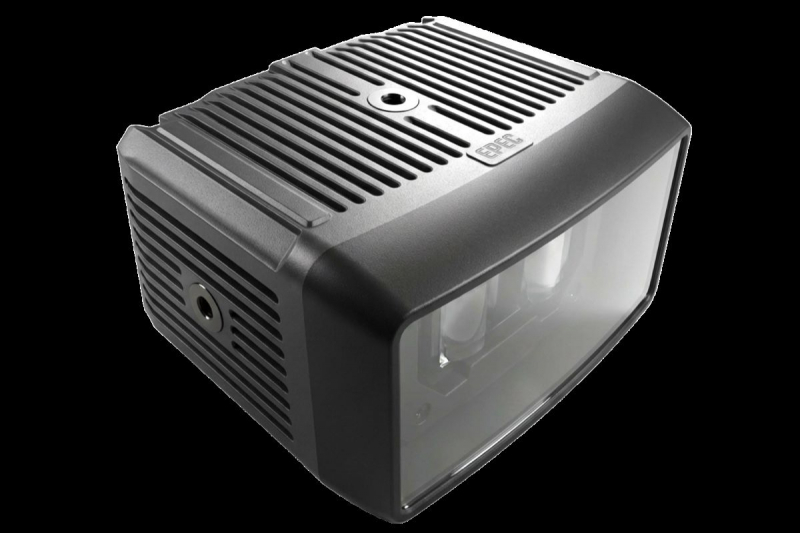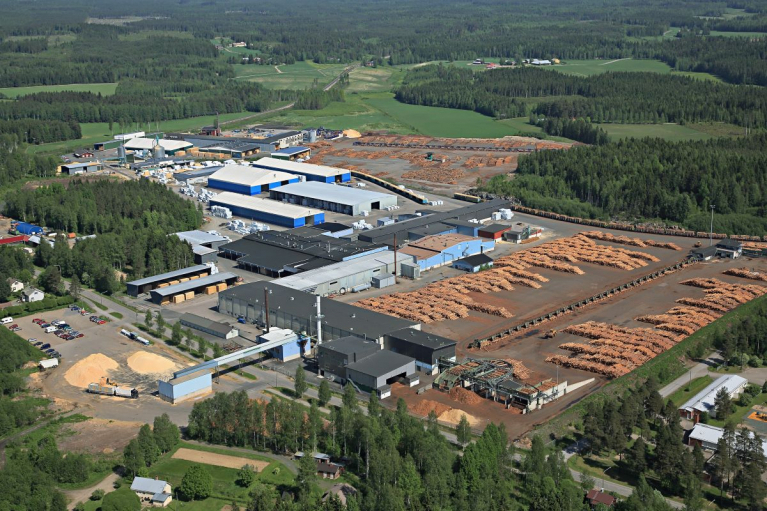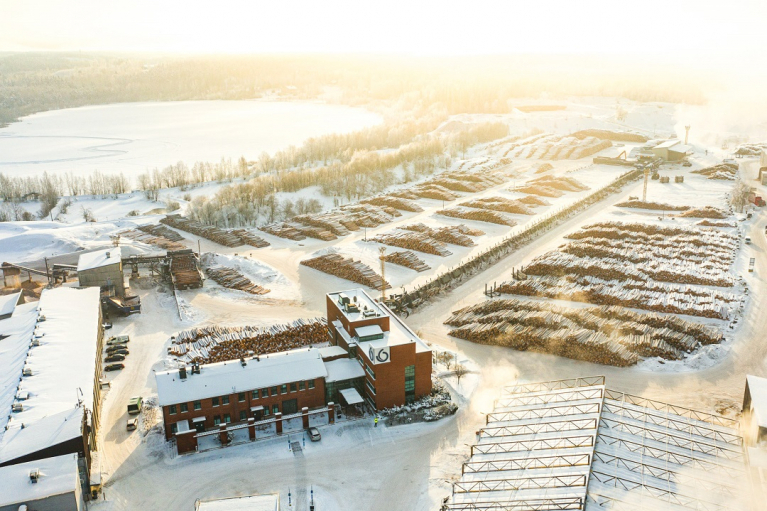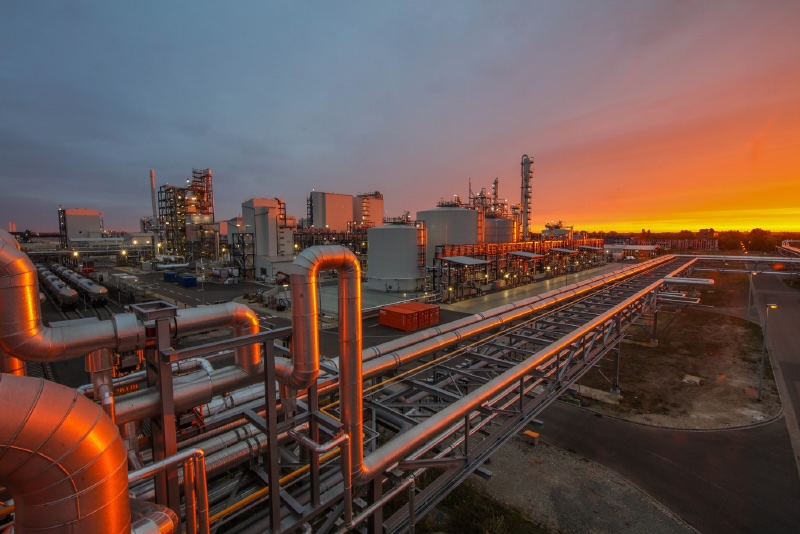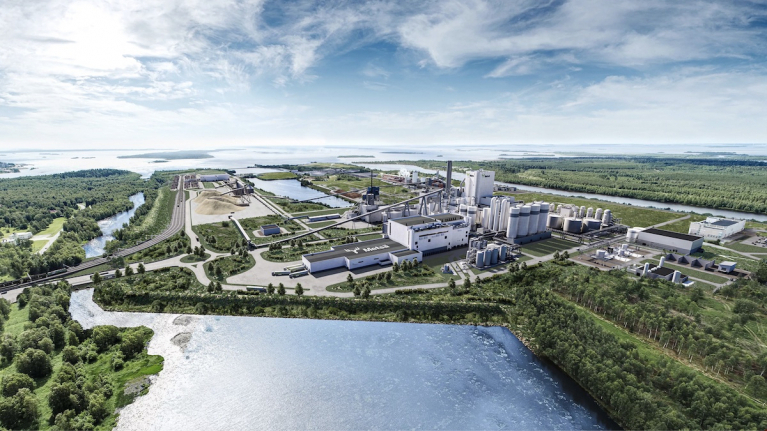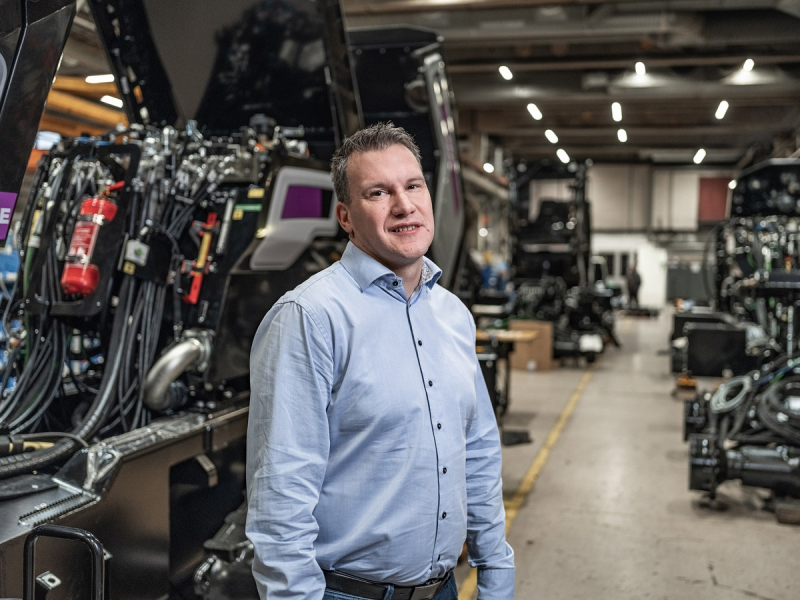Stora Enso Oyj Half-year Report 2024: Continued profit improvement with strengthened leverage ratio
Stora Enso Oyj Half-year Report 2024: Sales decreased by 3% to EUR 2,301 (2,374) million; however, continuing operations grew by 1%. Adjusted EBIT increased to EUR 161 (37) million. Adjusted EBIT margin increased to 7.0% (1.6%).

Key highlights
- The value creation programmes, centred on sourcing, operational and commercial efficiencies, are making good progress across all divisions.
- In addition, the profit improvement programme focusing on fixed costs, initiated in the first quarter 2024, targeting EUR 120 million has continued to progress well. This has supported an improvement in the earnings trend due to enhanced efficiencies and cash flow, and strengthened the leverage ratio: net debt to EBITDA.
- Operating working capital decreased by EUR 576 million year-on-year to an all-time low, driven by our continued focus to improve working capital efficiency.
- Stora Enso secured a EUR 435 million long-term loan, on 11 July, from the European Investment Bank to fund its EUR 1 billion investment in the Oulu mill, Finland. Loan repayment extends until 2036, improving and lengthening the Group’s debt maturity profile. The loan is currently undrawn.
- The consumer board investment at the Oulu site in Finland is progressing on schedule. Production is expected to start in the first half of 2025, with full capacity estimated to be reached during 2027.
- The plan to divest the Beihai site in China is in process. The site has been classified as assets held for sale from the end of 2023.
Outlook
Market and business outlook
Stora Enso anticipates a gradual market recovery in 2024. The positive forecast is supported by successful initiatives to increase profitability, which have contributed to the earnings trend over the past three quarters and helped reduce the Group's net debt to EBITDA ratio. Despite this, high wood costs will continue to pressure margins. Market uncertainties, including high inflation, potential strikes, and demand and price fluctuations, are expected to continue through the end of the year.
Packaging Materials
The outlook for Q3 is slightly positive, supported by strong order books and an improving price outlook. Price increases announced during Q2 in both the consumer and containerboard segments are expected to contribute positively to the results, mainly in the second half of this year. The liquid and food service board segments show improved stability and demand, while carton board demand remains stable following a strong recovery. Kraftliner and testliner segments are recovering, supported by stable demand and three rounds of price increases announced during H1 this year. However, high fiber costs and seasonally higher fixed costs due to annual shutdowns in virgin fiber containerboard units will impact the second half of the year. Paper demand is expected to continue its steady, gradual decline.
Packaging Solutions
Demand for Q3 is expected to remain stable with seasonal fluctuations. In Western Europe, volumes are anticipated to normalise post weather-related delays in the fresh-produce season. Asia usually experiences a downturn in Q3, with improvements expected in Q4. Central, Northern, and Eastern Europe should see consistent demand. Market challenges continue due to overcapacity.
Biomaterials
Looking ahead in Q3, overall pulp demand in Europe and China is projected to remain stable. The European softwood pulp market remains balanced, with no signs of demand improvement. In China, demand is stable. Demand for fluff pulp in hygiene and tissue products continues to be stable, supported by global inventories which are at or below the 5-year average.
Wood Products
Q2 experienced a seasonal surge in volumes of classic sawn products. However, sales and volumes are projected to decrease sequentially in Q3 due to the holiday season. Building permits are anticipated to fall below 2023 levels and are expected to slightly decline in Western Europe in the foreseeable future. Meanwhile, wood costs are forecast to remain elevated.
Forest
In Q3, wood market activity is expected to remain strong in Finland, Sweden, and the Baltics, with tight conditions driven by increasing demand for industrial wood (pulpwood and sawlogs).
Long-term growth opportunities
Stora Enso holds leading positions in markets and segments poised for long-term growth, particularly in sustainable packaging, wood construction, and innovative biomaterials. The Group stands to benefit from sustainability trends and regulatory advancements which favour its offerings, thereby supporting its market presence and facilitating development.
Stora Enso’s President and CEO Hans Sohlström comments on the second quarter 2024 results:

I am encouraged by the fact that our Q2 performance met our expectations, reinforcing our recently upgraded 2024 guidance. Advances in our profitability and cash flow improvement initiatives, coupled with more favourable market conditions in some segments, have supported an improved earnings trend for the third consecutive quarter. Additionally, this has strengthened our leverage ratio in the quarter despite record high growth investments. This positive development is a testament to our team's dedication and sets a strong foundation for future success.
Our year-on-year Group sales dipped slightly, by 3.0%, to 2,301 million euro due to structural changes; however, our continuing operations grew by 1%. Increasing volumes in all divisions and favourable pricing in the Biomaterials and Forest divisions contributed positively. Our adjusted EBIT rose significantly to 161 million euro from 37 million euro a year ago, with the margin improving to 7.0% from 1.6%. The result was driven by higher volumes and reduced fixed and chemical costs, despite challenges such as rising wood costs and political strikes in Finland.
While we managed to improve our net debt to adjusted EBITDA ratio to 3.5 from 4.0 in Q1 this year, it remains above our target of 2.0 and has increased compared to the 1.7 ratio in Q2 last year. This highlights the need for further profitability improvement and working capital reduction actions, which remain our priority. The stable valuation of our forest assets at 8.7 billion euro, or 11 euro per share, continues to provide a solid foundation for our future growth and value creation.
Our value creation programmes, centred on sourcing, operational and commercial efficiencies, are making good progress across all divisions, thanks to an analytical and structured approach. These efforts have had a significant impact on profits and cost competitiveness, with about 1,900 identified improvement initiatives led by approximately 500 project owners. Additionally, our profit improvement programme, which aims for an annual fixed cost saving of 120 million euro, is advancing successfully. Together, these initiatives are contributing to sustained enhancements in profitability and competitiveness. Furthermore, we have reduced operating working capital by 576 million euro year-on-year, reaching an unprecedented low, driven by ongoing efforts to enhance working capital efficiency and release capital.
The plan to divest the Beihai operation in China is proceeding. We are diligently moving forward with the process, and although it is lengthy, achieving the right value for our assets is most crucial. Ultimately, the value of the deal takes precedence over the timing.
Our decentralised operating model is firmly in place and progressing well towards achieving a more focused customer and business oriented structure. I am delighted with the strides we have made, and we are already witnessing the advantages of a more efficient and agile framework. This not only benefits our strategic execution, but also enhances the service we provide to our customers.
In the quarter, we conducted an Employee Engagement pulse survey across three of our five divisions. The results indicate that the level of employee engagement has remained consistently high and has even shown a slight increase in these divisions. This is particularly encouraging given the challenging circumstances in which we have been operating.
We increased our outlook for the adjusted EBIT for the full year 2024 on 15 May, projecting it to be significantly higher than the profits of 342 million euro achieved last year. We remain on track to deliver on that guidance, supported by our value creation and profit improvement actions, as well as improved market conditions in some of our key segments.
We are intensifying our focus on capital allocation and asset strategy in growing market segments, laying the groundwork for improved competitiveness and profitable growth across the Group. Looking ahead, we anticipate further advancements this year. We remain committed to investing in both human and capital resources to provide exceptional service to our customers and create robust shareholder value growth.

